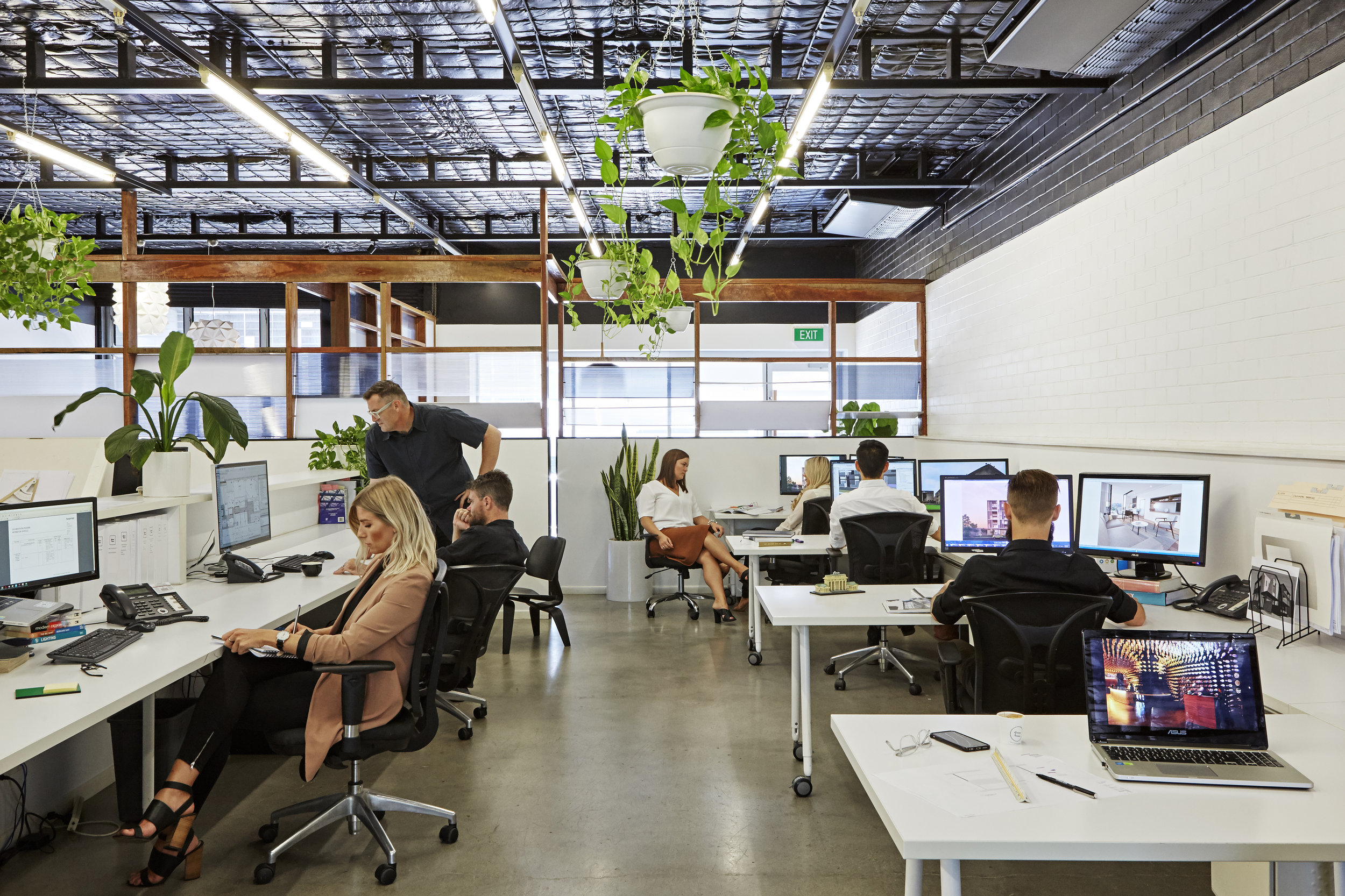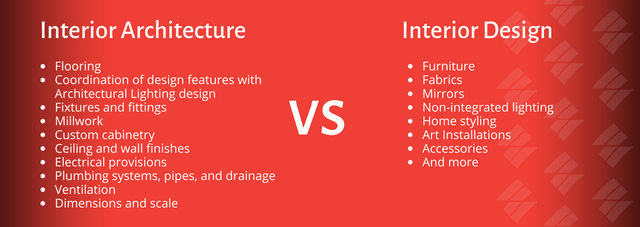The Art of Balance: Just How Interior Design and Home Designer Collaborate for Stunning Results
In the realm of home design, striking a balance in between looks and performance is no tiny accomplishment. This delicate balance is accomplished via the unified partnership between indoor developers and designers, each bringing their special know-how to the table. The result? Spaces that are not just visually magnificent however also exceptionally habitable. Nevertheless, this perfect blend is not always very easy to acquire. Remain with us as we discover the ins and outs of this collective process and its transformative effect on home layout.
Comprehending the Core Differences Between Interior Design and Home Design
While both Interior Design and home architecture play essential duties in developing aesthetically pleasing and useful rooms, they are inherently different techniques. Home design mainly focuses on the architectural elements of the home, such as building codes, safety and security guidelines, and the physical building of the space. It manages the 'bones' of the structure, working with spatial measurements, load-bearing walls, and roof styles. On the other hand, Interior Design is much more worried with improving the sensory and visual experience within that framework. It includes choose and setting up furniture, picking color pattern, and incorporating attractive aspects. While they operate in tandem, their roles, duties, and areas of expertise split significantly in the production of a harmonious home atmosphere.
The Synergy Between Home Style and Inside Design
The synergy between home style and Interior Design lies in a shared vision of style and the improvement of useful visual appeals. When these 2 areas straighten harmoniously, they can transform a living room from normal to extraordinary. This partnership needs a much deeper understanding of each technique's concepts and the capacity to create a cohesive, aesthetically pleasing environment.
Unifying Style Vision
Unifying the vision for home style and interior design can produce a harmonious living room that is both practical and aesthetically pleasing. It advertises a synergistic approach where building aspects complement indoor design elements and vice versa. Thus, unifying the layout vision is important in blending design and interior style for stunning outcomes.
Enhancing Functional Visual Appeals
Just how does the synergy in between home architecture and Interior Design enhance practical visual appeals? This harmony enables the development of rooms that are not only aesthetically appealing yet also comfortably functional. Engineers lay the groundwork with their architectural design, making sure that the room is reliable and useful. The indoor developer then matches this with meticulously selected aspects that improve the looks without compromising the capability. This harmonious cooperation can cause homes that are both stunning and livable. For example, a designer could design a home with high ceilings and huge home windows. The indoor designer can then accentuate these features with tall plants and sheer curtains, respectively, thus improving the aesthetic charm while preserving the sensible advantages of all-natural light and space.
Importance of Cooperation in Creating Balanced Spaces
The partnership between indoor designers and engineers is critical in creating well balanced spaces. It brings consistency between layout and design, giving birth to rooms that are not only cosmetically pleasing but additionally practical. Discovering successful collaborative methods can offer understandings into just how this synergy can be properly achieved.
Integrating Design and Style
Equilibrium, an important aspect of both interior design and architecture, can only truly be achieved when these two areas job in harmony. This collaborative process results in a cohesive, balanced layout where every component has an objective and adds to the general aesthetic. Harmonizing design and style is not simply regarding producing stunning spaces, but about crafting spaces that work seamlessly for their residents.
Effective Joint Strategies

Instance Studies: Effective Combination of Design and Style
Taking a look at numerous case researches, it becomes evident just how the successful combination of indoor style and architecture can transform a room. Architect Philip Johnson and interior developer Mies van der Rohe worked together to create a harmonious balance in between the framework and the inside, resulting in a smooth circulation from the outside landscape to the inner living quarters. These situation research studies underline the profound effect of an effective layout and style collaboration.

Overcoming Obstacles in Style and Architecture Cooperation
In spite of the obvious benefits of an effective cooperation between indoor style and style, it is not without its obstacles. Engineers may focus on click here for more info structural honesty and safety, while designers focus on comfort and style. Efficient interaction, shared understanding, and concession are critical to overcome these difficulties and accomplish a unified and successful partnership.

Future Patterns: The Developing Relationship In Between Home Architects and Interior Designers
As the globe of home style continues to advance, so does the connection between designers and interior designers. The fad leans towards an extra integrated and joint approach, breaking free from conventional duties. Architects are no much longer exclusively concentrated on architectural integrity, however additionally take part in improving visual allure - Winchester architect. Conversely, interior developers are embracing technological aspects, influencing general format look these up and functionality. This progressing synergy is driven by developments in innovation and the expanding need for spaces that are not only visually pleasing however sustainable and likewise functional. The future assures an extra cohesive, innovative, and adaptive technique to home style, as developers and engineers remain to obscure the lines, cultivating a connection that absolutely embodies the art of balance.
Conclusion
The art of balance in home style is achieved via the unified partnership between interior developers and designers. An understanding of each various other's self-controls, reliable interaction, and shared vision are critical in developing visually spectacular, functional, and welcoming areas. Despite obstacles, this collaboration fosters development and advancement in style. As the relationship in between home designers and interior developers develops, it will proceed to shape future trends, boosting comfort, performance, and personal expression in our living rooms.
While both indoor design and home design play important duties in creating cosmetically pleasing and functional rooms, they are inherently different read the article self-controls.The synergy between home style and interior style exists in a shared vision of style and the improvement of practical aesthetic appeals.Linking the vision for home design and indoor layout can create an unified living space that is both practical and cosmetically pleasing. Thus, unifying the style vision is critical in blending design and indoor layout for stunning results.
Just how does the synergy between home style and interior layout enhance useful visual appeals? (Winchester architect)